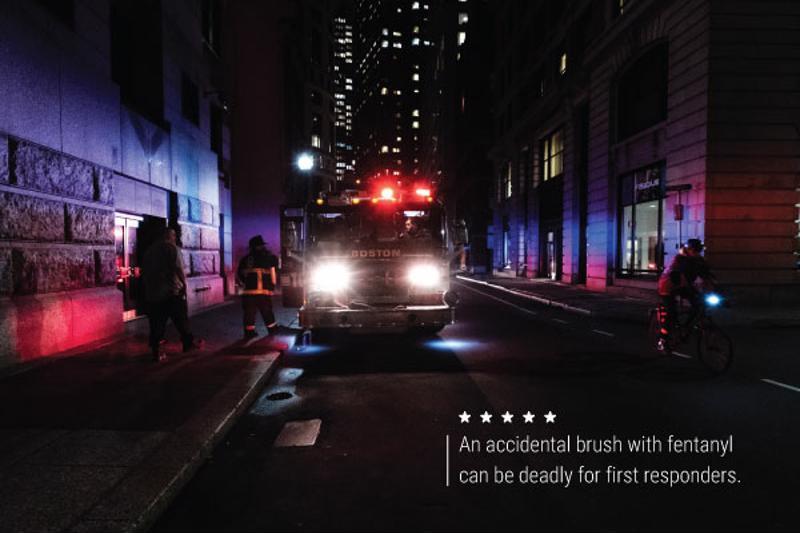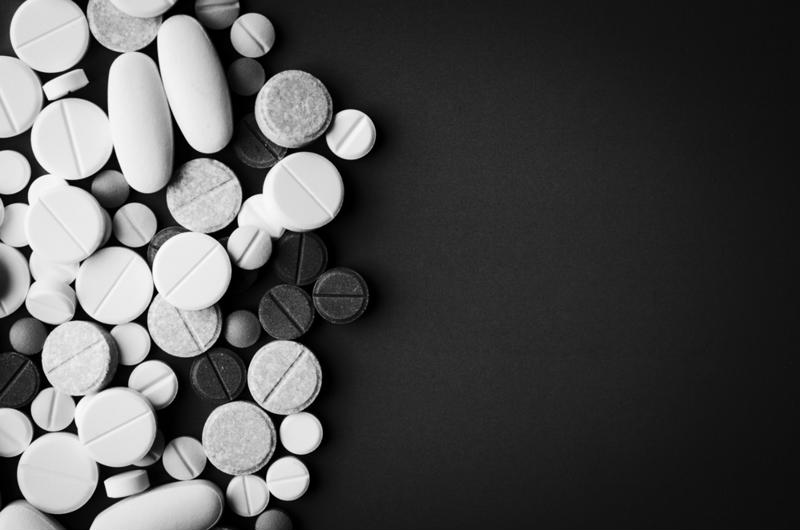The opioid epidemic remains one of the most pervasive medical crises in the U.S. According to the American Society of Addiction Medicine, opioids are responsible for the majority of drug overdose deaths in the nation. In 2015 alone, heroin overdoses claimed 12,990 lives, while prescription pain relievers claimed 20,101. The total number of deaths from opioids is surely higher, given that these statistics don't account for fentanyl or Carfentanil, two extremely dangerous drugs that are driving the crisis.
As a result, first responders have been put on the frontline of this battle, responding to overdose calls en masse and saving countless lives with the overdose-reversal drug naloxone. Some responders are even working to expand addiction treatment services in their local communities.
Take Nashua, New Hampshire, for example. As the Huffington Post detailed, members of the city's local fire department created a program called Safe Stations to get opioid addicts the help they need before they overdose. An addict can show up at a firehouse unannounced and ask for help, and firefighters on duty will dispose of any drugs on the person, take vital signs, see to his or her immediate needs and arrange for treatment. The program is designed to create a space where addicts feel safe rather than judged to better encourage people to make use of the service.
"Immediately six or seven firefighters came to my aid," said a patient only identified as Brian during a public forum where he described his experience with Safe Stations, the Huffington Post reported. "I showed up at the safe station and they immediately took my vital signs. I even hugged all the firefighters because I didn't know what to do."
That said, while firefighters and first responders can be considered heroes of the epidemic, they also put themselves at risk of a threat many people don't consider: an accidental overdose.
The DEA warns responders of contact with opioids

As first responders arrive to treat overdose patients, they risk coming into contact with the drugs themselves. Highly potent synthetic opioids like fentanyl and Carfentanil can be transmitted through the skin, and even a small amount can trigger a fatal overdose. In fact, 2 or 3 milligrams of fentanyl – the equivalent of five grains of table salt – can lead to respiratory depression or arrest, cardiac arrest and death. This means that a responder could die simply by brushing a bit of powder on a his or her uniform.
This is almost what happened to Officer Chris Green of East Liverpool, Ohio, CNN reported. He brushed some powder off of his uniform after a drug bust, then began feeling the effects of an overdose. Green, like many others, made a full recovery, but the threat of death is still incredibly real.
The danger is so great that the U.S. Drug Enforcement Administration issued a synthetic opioid briefing guide to the nation's first responders in June 2017, detailing best practices for safety. It advises responders to take the following precautions when encountering an area where fentanyl may be present:
- Wear personal protective equipment such as coveralls, gloves, eye protection and dust masks.
- Carry naloxone injectors on their persons.
- Contact the nearest DEA office or request the help of HAZMAT officials if they suspect a substance contains opioids.
As we thank first responders for saving the lives of countless opioid patients, we must also recognize the incredible danger they put themselves in.


